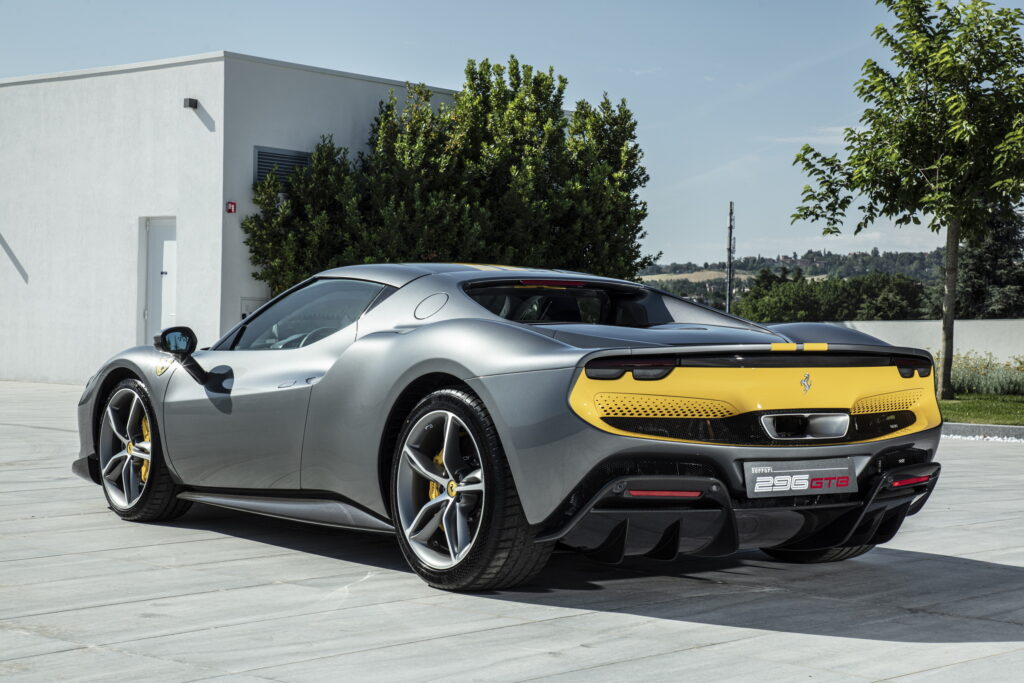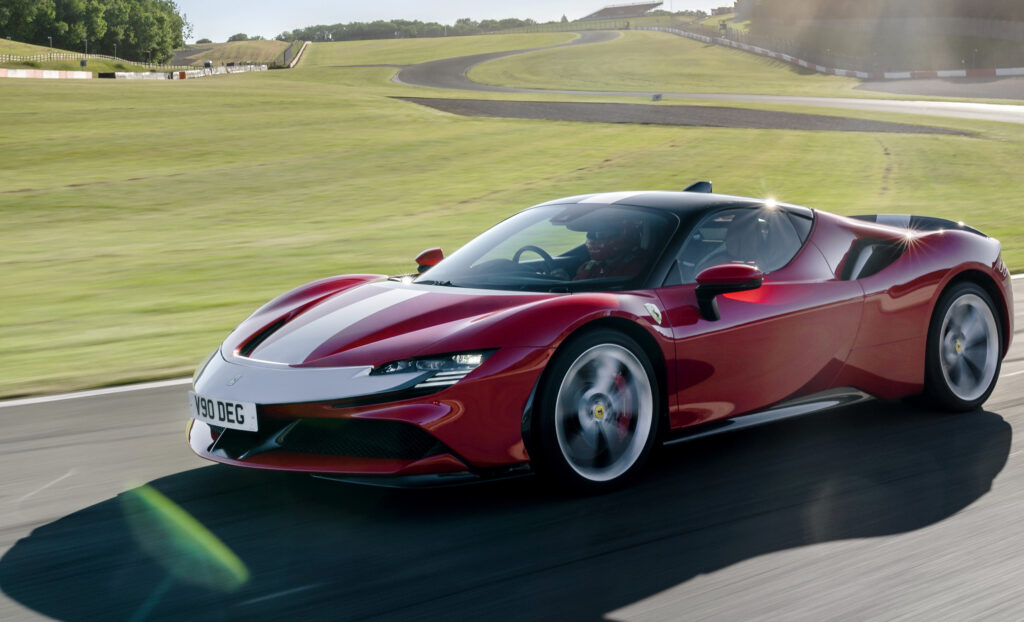- The firm’s first all-electric vehicle will be launched in late 2025.
- Ferrari is aiming for 60% of its sales to be for electrified models by 2026.
- It is not known yet what body style the brand’s first EV will adopt.
Ferrari wants to grow its expertise in the world of battery cells but has no plans to manufacture them itself and will continue to rely on outsider suppliers for the cells needed by its electrified vehicles.
The coming two years will be very important for the Italian brand. In late 2025, it will introduce its first all-electric vehicle and while little is known about this model, Ferrari will have to ensure it’s good if it wants to convince its buyers that EVs are the way forward.
Read: Could This Be Ferrari’s Electrified Future?
While recently speaking at a research center for battery cells that Ferrari has formed with Bologna University and chipmaker NXP Semiconductors, Ferrari chief executive Benedetto Vigna said the carmaker wants “to open up cells and understand what is in there.”
“Production will always be done through external manufacturers, based on the know-how we hope to acquire through this research centre,” Vigna said. “We cannot afford to take cells as black boxes.”
Reuters understands the new E-Cells Lab has been formed to boost Ferrari’s expertise in battery cells and is focused on electrochemistry. The site will focus on lithium-based, liquid-state cells but does not yet see a viable future for solid-state batteries, at least for the time being.

“We’ll use more and more cells and will… need to know the chemistry,” Vigna added.
In late 2023, Vigna revealed that he had already driven a prototype of Ferrari’s first EV and said he was very impressed with it. Unfortunately, he failed to provide any other details about it. What we do know is that it will be manufactured at the firm’s new ‘e-building’ that is already responsible for handling the production of its hybrid models, including the 296 GTB.
Ferrari believes electrified vehicles will make up 60% of its sales by 2026 and as much as 80% by 2030.




